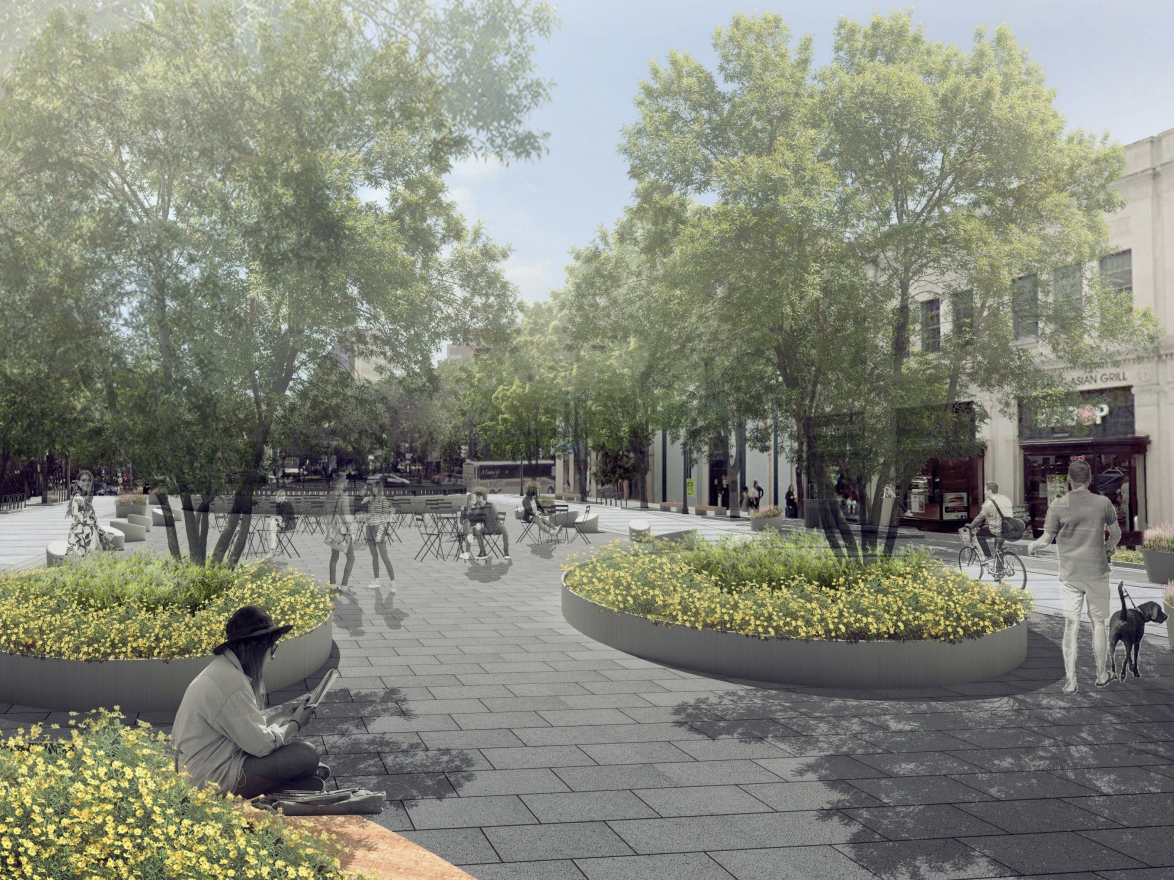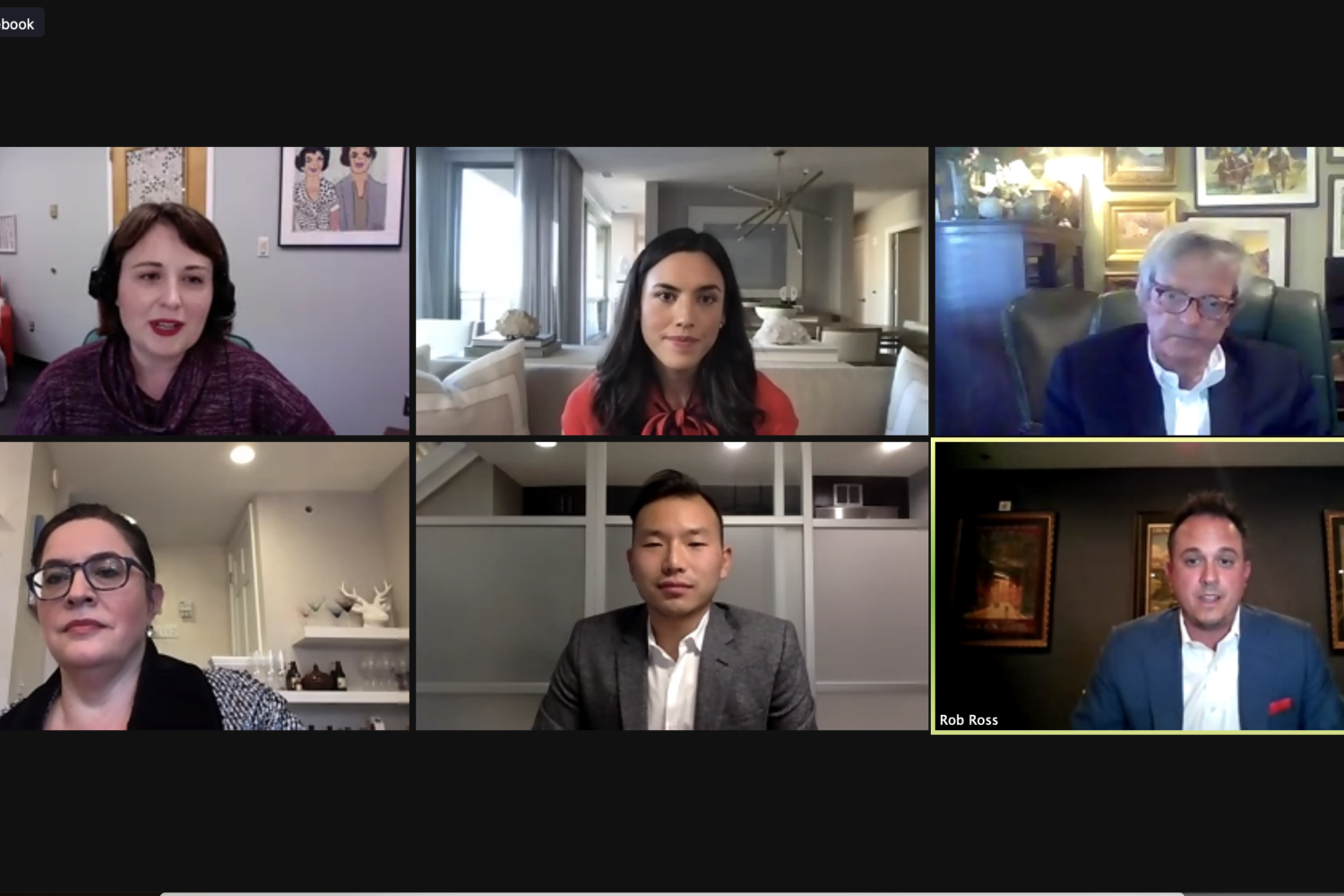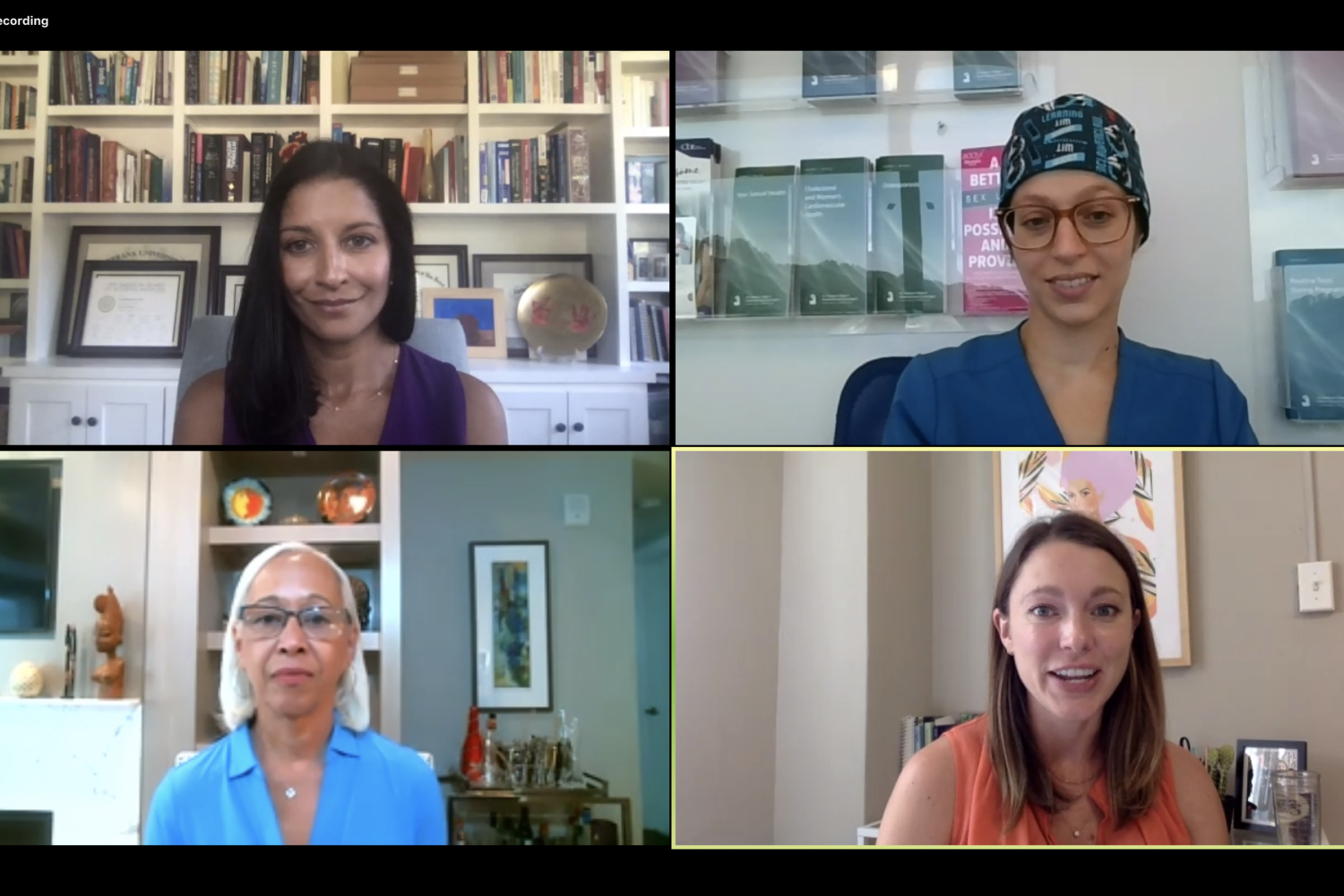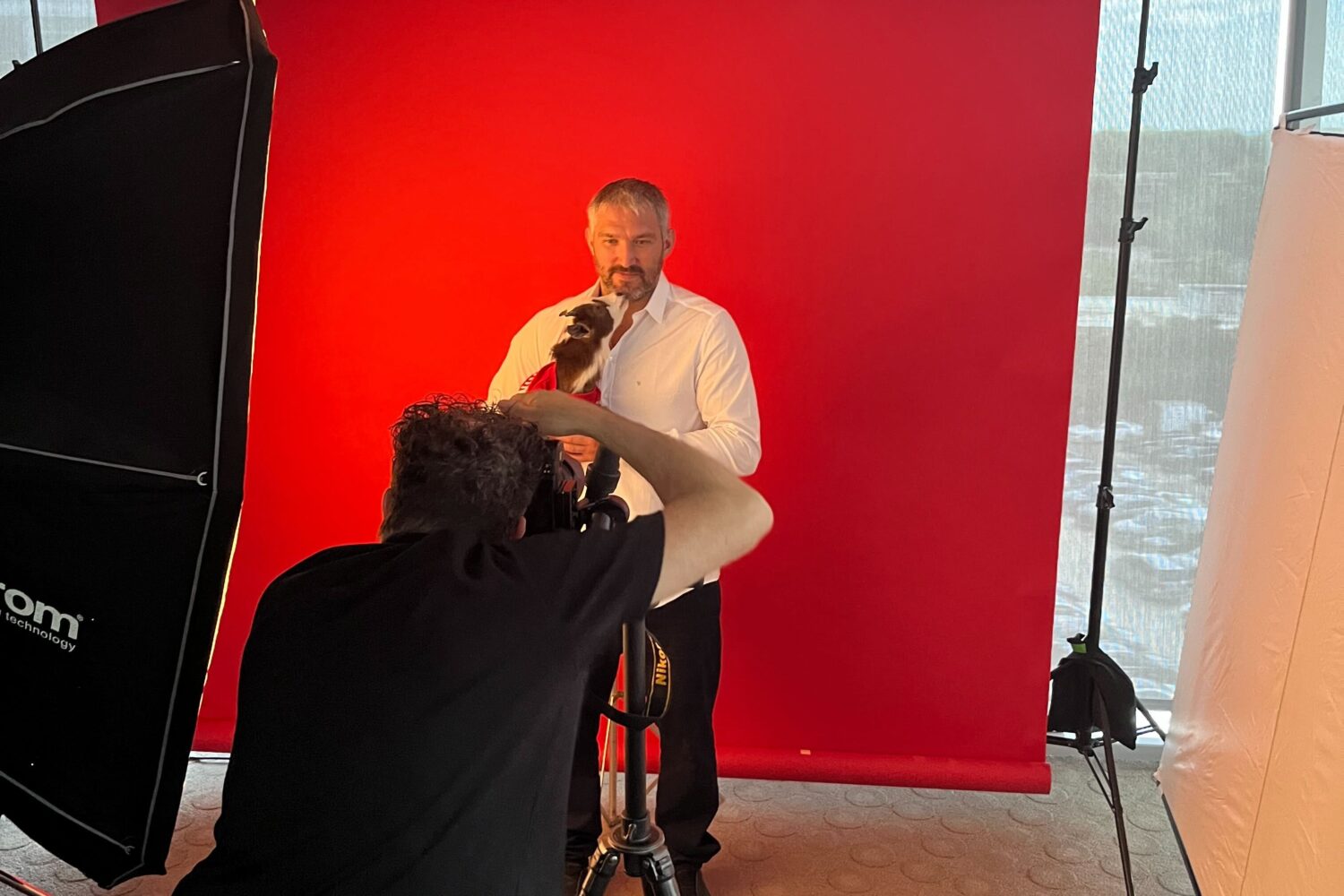November 14, 2006
To: Newsroom staff
From: Len Downie
[Managing Editor Phil Bennett] and I met yesterday with the newsroom's senior editors to discuss proposals and make decisions as we continue to transform our newsroom, the newspaper and our relationship with washingtonpost.com. We have much more to do to maximize readership of the printed newspaper, build audience on the Web site and further reduce costs in the newsroom.
As you have noticed from developments at other newspapers, readership and economic challenges remain daunting. Our goal is to be the one newsroom that does this right. We must produce high quality, compelling journalism and carry out our public service mission while adjusting our cost structure to shifting advertising revenues.
We are not just cutting costs. We believe that everything we are doing will make the newspaper stronger and increase readership of the printed paper and washingtonpost.com.
We are re-directing newsroom staff and resources to our highest priority journalism in print and on the Web. In form, our priorities include original reporting, scoops, analysis, investigations and criticism. In content, they include politics, government accountability, economic policy and what our readers need to know about the world – plus local government, schools, transportation, public safety, development, immigrant communities, health care, sports, arts and entertainment.
We are moving reporters and editors within and among staffs to accomplish this. In particular, we are moving a number of reporters from general assignment positions to more specific assignments and beats. We also are centralizing reporting and editing of some core subjects across staff lines. Metro now has responsibility for all education coverage. We will build on the model of Sandy Sugawara's cross-staff coordination of immigration coverage to do something similar for that and other core subjects. This may lead to the movement of more reporters and editors around the newsroom.
In the process, we will continue to shrink the newsroom staff through attrition, as low-priority positions become vacant. We also are tightening up the paper's news hole, beginning with the reconfiguration of the financial market tables in today's Business section, which saves two pages of newsprint each day. Other newshole reductions will be scattered throughout the newspaper, so readers will not lose significant content.
We are continuing to renovate sections of the paper to make them more attractive to readers. The re-launches of the Health, Food and Home sections are scheduled for early next year. Work is also well underway on creating a new Style and Arts section in the Sunday paper. The revamped Outlook section is an example of the improvements we are seeking.
We will make more progress in presenting our coverage more effectively in news sections. We will take a new approach to story length, which remains an important challenge, despite the progress already made in some parts of the paper. We will soon publish story length guidelines for the staff, along with ways to adhere to them. Our goal is for the newspaper to be filled with stories of different sizes and forms – and to provide both reporters and editors the tools to better edit for length. Our philosophy will be that every story must earn its length, so readers will want to read and finish more stories.
As part of this approach, we will better coordinate the preparation of related stories, photographs and graphical elements—and the design of pages on which they will appear. Visual journalism will be given still more importance in the printed paper.
We also are working on ways to expand and increase the impact of our journalism on washingtonpost.com. The re-launches of Health, Food and Home will be accompanied by the launch of a related section of the Web site. Our plans for coverage of the two-year 2008 campaign, which is beginning now, will include both re-direction of newsroom resources for expanded political coverage in the printed newspaper and significant initiatives on washingtonpost.com. In her new role as editor of washingtonpost.com, Liz Spayd will help us think first about the Web site for all of our best journalism.
The senior editors will meet again early next month to take more steps to re-direct resources to provide high quality journalism on key strategic subjects that matter most in print and stand out on the Web. We will have another newsroom staff meeting on Thursday, December 14 to tell you more about what we are doing and answer your questions.
This remains a challenging time, but also one of great opportunity – the opportunity to transform journalism for a new era in The Washington Post and on washingtonpost.com. Even as we reduce newsroom staff and costs, we will have amply sufficient staff and talent to make this transformation.
It is the most important change that I will lead as executive editor. It reminds me of my early days in the newsroom, when Ben Bradlee began boldly transforming the paper during the 1960s and 1970s. The newsroom was well less than half the size it is now, and we were underdogs. But we found our edge, produced original journalism and had fun creating The Washington Post all of you joined. Now, we're taking the next step.















